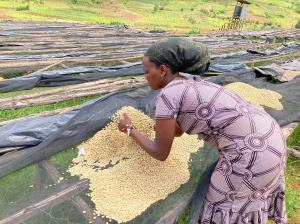Arboretum heralds new USDA Hardiness Zone Map
This week, the U.S. Department of Agriculture unveiled its new Plant Hardiness Zone Map (PHZM), a development that has been long anticipated by gardeners and researchers. Like its earlier incarnations, the new PHZM provides guidelines to predict a region’s average annual minimum temperature, a vital statistic in determining whether or not a plant may survive the winter in a particular area. Last updated in 1990, the map now features a number of significant updates. For one, it has gained interactivity through a Geographic Information System (GIS) that enables users to zoom in at regional and state levels; it also has a tool to identify a zone by zip code. The quantity and quality of the data represent another marked improvement— the model utilizes 30 years (1976–2005) of data and a wider geographic sampling of weather station data. Lastly, some highly sophisticated algorithms facilitated the analysis, interpreting local weather station data as well as such geographic characteristics as elevation, proximity to bodies of water, and terrain.
Recently, the Arnold Arboretum has focused more technology on recording its local weather events, deploying an array of small weather stations across the landscape in 2008 and establishing a new permanent weather station a few months ago. Collected data allow arboretum staff to better document conditions in the landscape, and to even identify microclimates, or small fluctuations in climate, due to terrain, aspect, or proximity to buildings. While overall the arboretum landscape is nestled in Zone 6b (-5° to 0°F), there are a number of microclimates that offer slightly warmer lows. This gives curatorial and horticultural staff areas to cultivate plant species that are more tender and would typically perform best in Zone 7.




